Digital goods – whether software, music and video files, images, documents – can all be transferred at almost zero cost between users provided they have the appropriate computer system and network connection. Unfortunately, for several industries that relied on copyright control for their profits. The ease with which digital goods can be shared means that once a copy has been unshackled from any copy protection (if one were available) it can be shared very quickly to as many users as wish to have the digital goods.
In the nineteenth century, the sheet music industry suffered a downturn in profits, as copying of paper documents became feasible and musicians and singers could obtain cheap “pirated” copies of the sheet music they needed to perform the music in the home and elsewhere. The recorded music industry suffered a similar downturn in sales of physical media with the invention of the mp3 file and related digital formats that were rapidly pirated and shared on peer-to-peer networks. A parallel industry, emerged that attempted to regain some of the profits by charging users a monthly fee to stream as much music and video as they liked, cutting out the need to search and obtain the files from the P2P networks illicitly.
Writing in the International Journal of Electronic Business, Teresa Fernandes and João Guerra of the Faculty of Economics, at the University of Porto, Portugal, discuss the drivers and deterrents that push people towards or away from such streaming services. Ultimately, to draw people to a paid streaming service, that service must offer an easier alternative to P2P networks and the free availability of almost all digital content to anyone with an internet connection.
The challenge of music streaming services to attract paying subscribers is increasingly difficult, the team writes. Their findings suggest that improving service quality, product features, or catalogue size will be unlikely to persuade those users happy to use pirated content to opt for a paid service. They suggest that the providers must find a way to offer a balance between free and paid content, perhaps through a freemium setup that is common where paying customers get to stream as much music as they like without advertising breaks and have access to the full catalogue. A free service that is easy to use might persuade some people to abandon the pirated content approach and make their listening legitimate. The team’s study hints at how marketing of a freemium or other such service might be successfully differentiated for different user gender and ethnicity.
Fernandes, T. and Guerra, J. (2019) ‘Drivers and deterrents of music streaming services purchase intention’, Int. J. Electronic Business, Vol. 15, No. 1, pp.21—42.

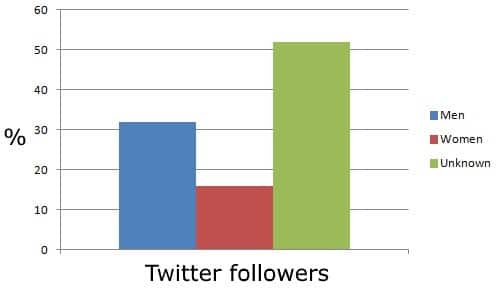
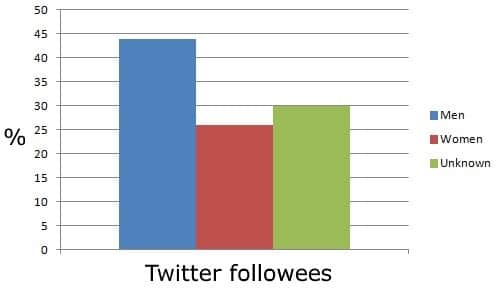








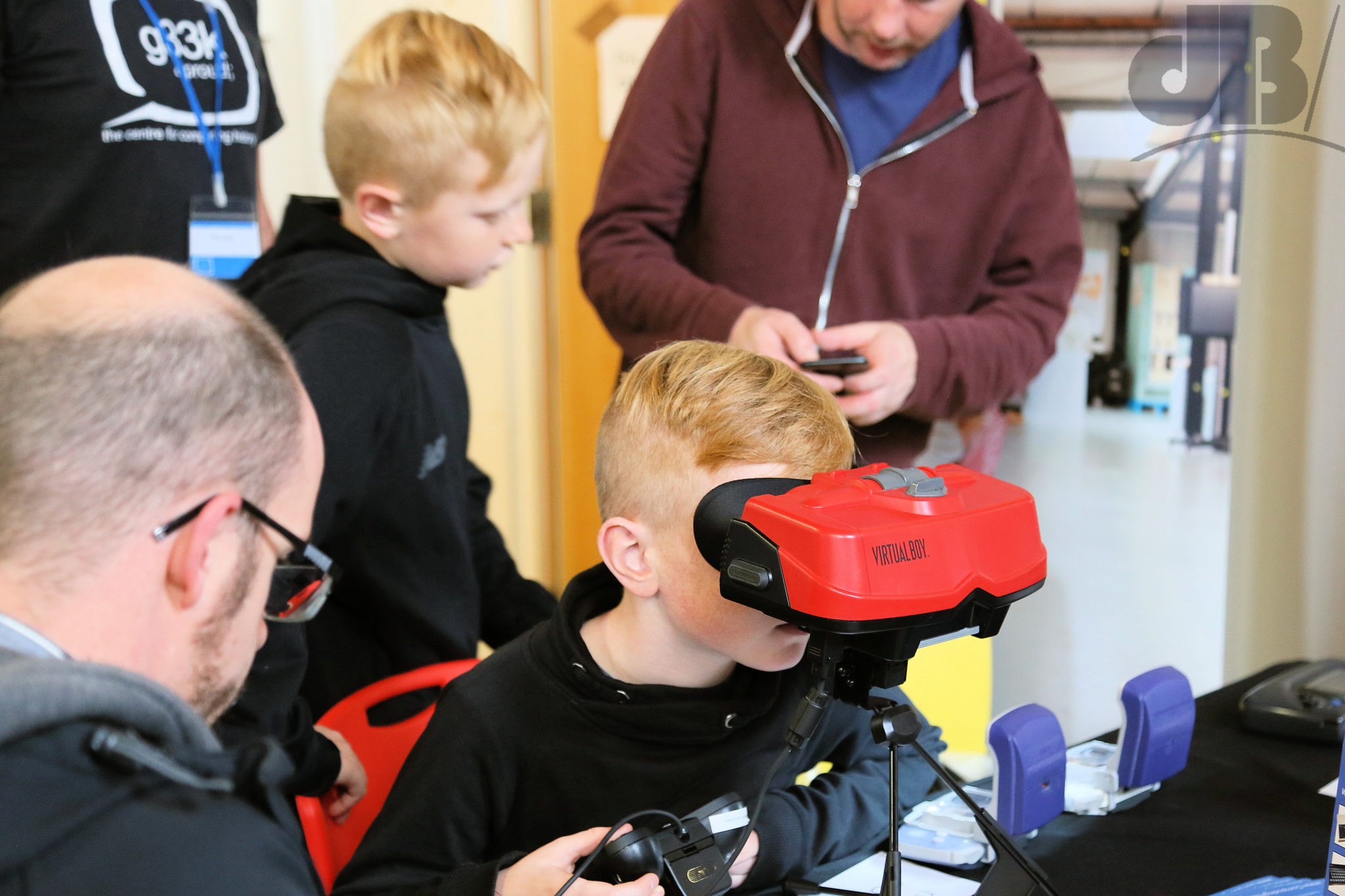
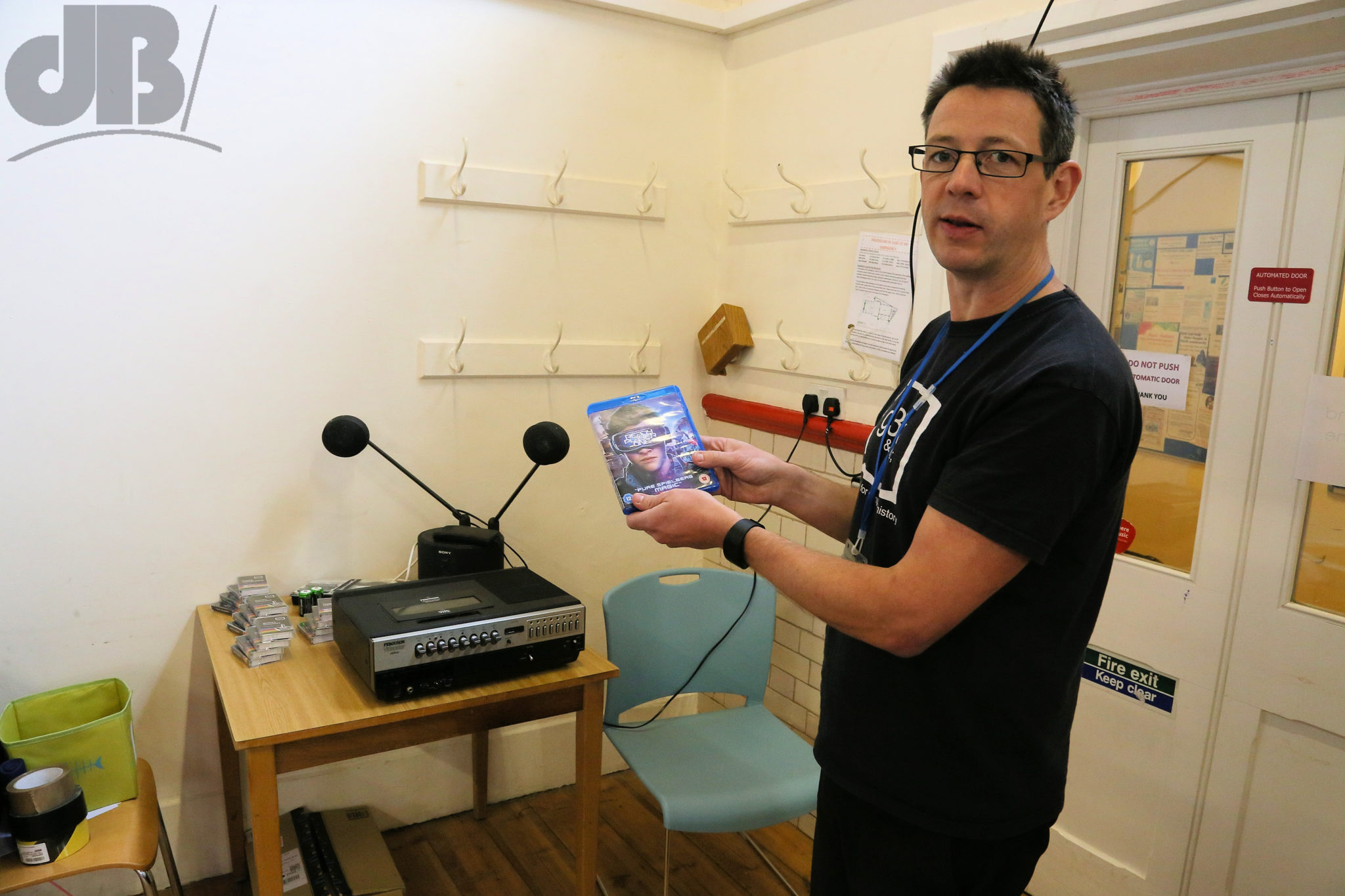


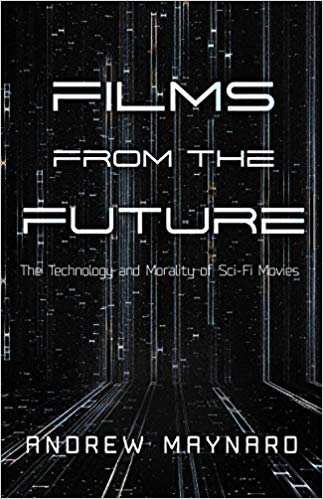
 Everyone uses emoji in their communications now, right? Maybe not. I suspect that a lot more people know about simple emoticons (smilies) than know what you’re suggesting when you post the eggplant (aubergine) emoji. Moreover, despite proclamations that emoji are somehow the modern version of hieroglyphics, they’re really
Everyone uses emoji in their communications now, right? Maybe not. I suspect that a lot more people know about simple emoticons (smilies) than know what you’re suggesting when you post the eggplant (aubergine) emoji. Moreover, despite proclamations that emoji are somehow the modern version of hieroglyphics, they’re really